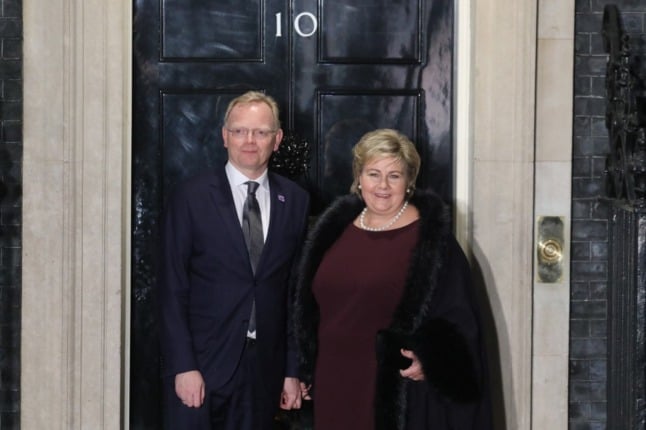Between 1991 and 2007, Sweden’s richest 10 percent saw their disposable incomes shoot up by 88 percent, while the spending power of the country’s poorest 10 percent only increased by 15 percent, a new study by the Swedish Trade Union Confederation (LO) finds.
According to the report, real incomes for gainfully employed Swedes have increased by an average of 3.3 percent a year during the last six years. The report also found that there were no significant differences between income increases for blue collar and white collar workers.
But those who are ill, out of work, or living on sickness compensation (sjukersättning) have only seen their incomes increase by an average of 0.86 percent a year over the same period.
Incomes for students have increased by an average of 1.26 percent.
“Developments over the years gone by have to a large extent seen a redistribution from those who can’t work and from those who want to study to those who are gainfully employed,” write LO researcher Anna Fransson and LO working life division head Irene Wennemo in an article published in the Dagens Nyheter (DN) newspaper.
Among the ill, unemployed, and retired, the risk of slipping into poverty has doubled from 8 to 16 percent between 2002 and 2007.
The study defines people living in poverty as those with incomes less than 60 percent of Sweden’s median income.
“The explicit goal of the centre-right government has been to increase the economic incentives to work by making things worse in these groups. A similar development occurred during the previous Social Democratic government through a reduction in compensation levels,” write Fransson and Wennemo.
The wider income disparities are the result of a political choice, according to the authors, who add that all signs indicate that the trend has increased even more since 2007.


 Please whitelist us to continue reading.
Please whitelist us to continue reading.
Member comments